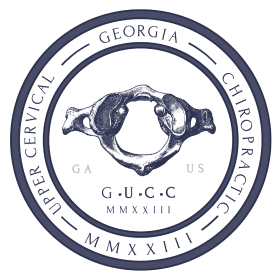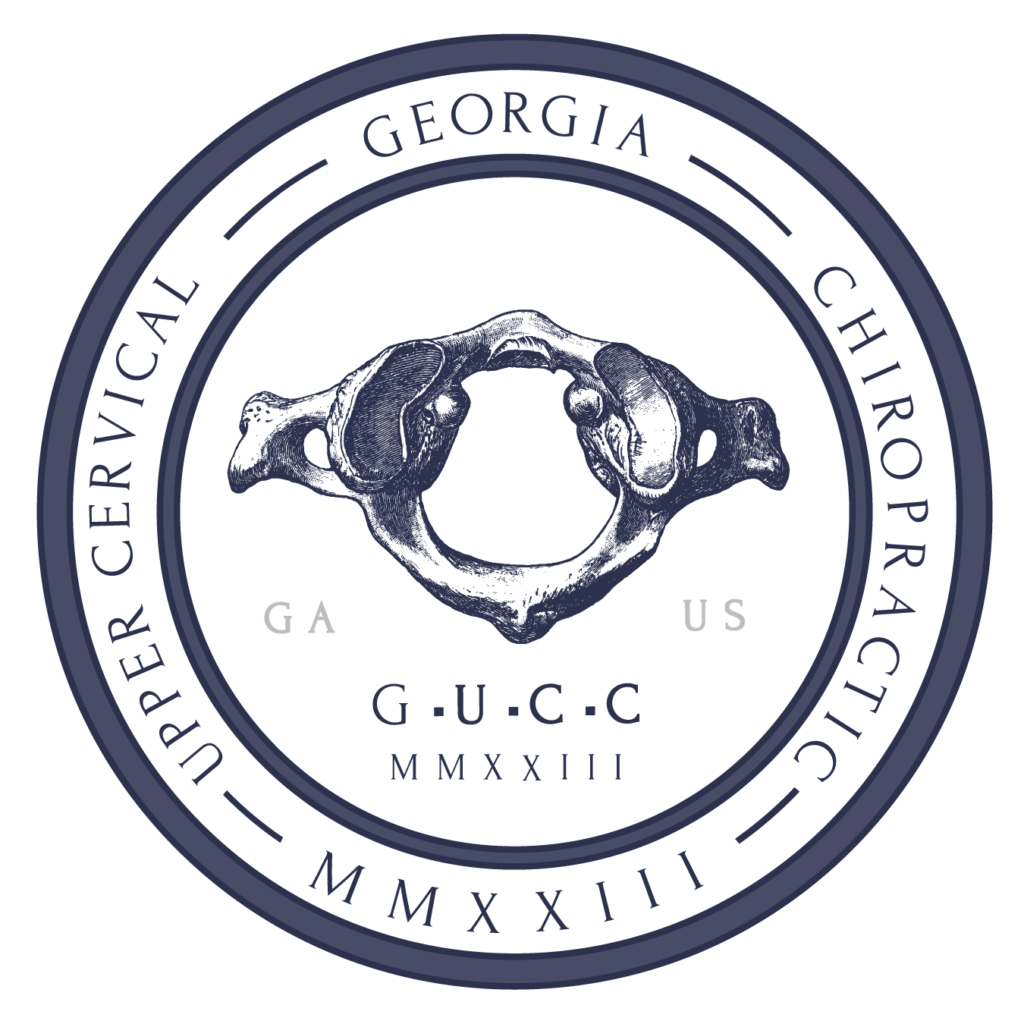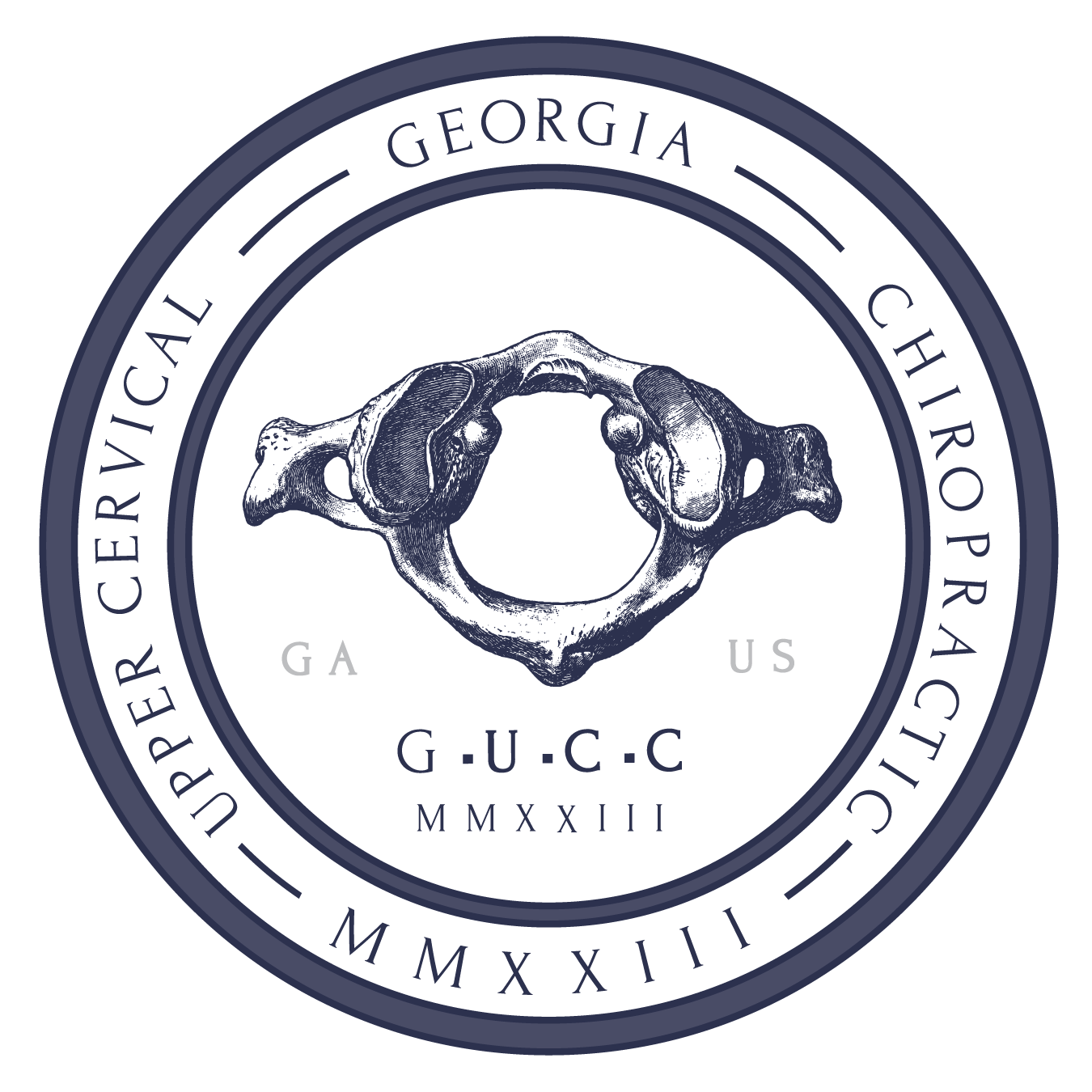Trapezius Spasms: Causes, Symptoms, & 7 Treatment Options
Trapezius muscle spasms are those that occur to the kite-shaped muscle covering a significant portion of the upper back. These muscle spasms can cause pain in the neck, shoulders, back, and arms.
Though trapezius muscle spasms can be painful and inconvenient, there are several treatment options available to combat these terrible twinges.
The Trapezius Muscle
The trapezius (sometimes called the traps) is a trapezoid-shaped muscle located just below the skin that covers areas of the neck, shoulders, and back. It forms a part of the musculoskeletal system which helps support the body’s weight and helps stabilize the body’s frame, especially during movement.
The trapezius muscle is divided into 3 sections that aid with different movements.
- Upper trapezius muscle: This is the smallest portion of the traps. It starts at the occipital bone (on the back of the head), runs down the cervical spine (neck), and covers the clavicle (collarbone). It aids with head movement, arm movement, and shrugging.
- Middle trapezius muscle: This area begins with the 7th vertebra, spans the shoulder muscles, and reaches the scapula (shoulder blade). The middle trapezius stops at the third thoracic vertebra. It allows arm extension behind the body and stabilizes the shoulders during arm movement.
- Lower trapezius muscle: This is the largest portion of the trapezius muscle. It forms a large upside-down triangle, starting at the shoulder blades and coming to a point at the final thoracic vertebra. It does not quite reach the lumbar spine. The lower trapezius muscle keeps the spine in place while twisting or bending the body.
What causes muscle spasms?
A muscle spasm is a sudden, involuntary muscle contraction that causes a cramp or pain. Muscle spasms can have a myriad of causes, including:
- Injury (such as whiplash)
- Dehydration
- Lack of electrolytes
- Muscle strain
- Overuse
- Poor posture
- Tension
- Lack of minerals
The same issues that can lead to spasms in the traps can also lead to Thoracic Outlet Syndrome (TOS). TOS is a condition in which nerves become compressed just below the collarbone, causing tingling sensations, numbness, and even pain in the hands and arms.
How long does it take for a trapezius muscle to heal? The length of time it takes for a trapezius muscle to heal depends on the cause and severity of the spasm. Typically, an average spasm could take a few days to a couple of weeks to fully heal.
If you experience muscle spasms for long periods, this may be a sign of a more serious issue, such as a pinched nerve. Be sure to consult your healthcare provider if your muscle spasms last longer than a few days.
Trapezius Muscle Spasm Symptoms
Trapezius muscle spasm symptoms include
- Back pain
- Neck pain
- Shoulder pain
- Twitching or ticking
- Limited mobility
- Soreness
- Muscle fatigue
Spasms are not the only cause of muscle pain. A muscle strain can occur when a muscle is overextended or overstretched. A muscle strain can even lead to a muscle tear.
Also, myofascial trigger points are muscle knots or raised areas of tight muscle fibers. There are 2 types of trigger points: active and latent. Active trigger points are painful during movement. Latent trigger points are painful when pressure is applied.
It can be tough to figure out if the pain you are experiencing is a trapezius strain or spasm because the symptoms are fairly similar. Strains often have a “stabbing” sensation, while spasms are more like a cramp. It’s important to know the difference before moving forward with treatment.
What does a trapezius spasm feel like? A trapezius spasm feels like a sudden, uncomfortable tightening or cramping in the trapezius area. This tightening or cramping can take time and coaxing to release.
Preventing Trapezius Spasms
Preventing muscle spasms begins with some lifestyle changes. Start by analyzing your ergonomics: posture, movements, and daily activities.
- Do you find yourself hunched over a computer or desk for long periods of time?
- When you walk, are your shoulders bowed over?
- Do you use proper techniques when lifting heavy objects?
- Do you use repetitive movements?
- Are you fairly sedentary?
- Do you have a poor sleep position?
Good posture is crucial for preventing back injury, including muscle spasms. Shoulders should be back and down in a relaxed position, whether sitting or standing. Also, be conscientious of how you move. Avoid sudden, dramatic movements.
Whenever lifting, pushing, or pulling heavy loads, be sure the movement stems from the legs instead of the lower back. Loading all the weight on your upper body can lead to injury.
Be sure to exercise for about 30 minutes every day. When our muscles aren’t regularly used, they become more susceptible to injury. Stretch before exercising and into your workouts to warm up your muscles.
How to Relieve Trapezius Muscle Pain & Spasms
1. Use Heat/Cold Therapy
Heat and cold therapies are very effective for muscle pain relief. If a trapezius muscle spasm is triggered, apply a cold pack/compress for intervals of 15 to 20 minutes to reduce inflammation. You should only use cold therapy within 72 hours of injury. After that, it could do more harm than good.
Heat therapy can relieve pain and ease tension as well. Apply a moist or dry compress or heating pad to the area for 15 to 20-minute intervals. You’ll want to follow this with ice to keep inflammation under control.
2. Try Some Stretches
Stretching can help to treat and prevent muscle spasms.
- Cat/Cow Pose: Start on your hands and knees. Hands should be shoulder-width apart and knees straight below the hips. To enter the cat pose, slowly arch your back upwards, gently dropping your head. Hold for about 10 seconds. Then slowly lower your back, tilt your pelvis, and lift your head up for cow pose. Hold for 10 seconds.
- Shoulder Rolls: Sitting or standing, make a circle with your shoulders, first bringing them forward, then up, then back. Repeat this 10 times, then roll in the opposite direction 10 times.
- Shoulder Shrugs: Standing with feet shoulder-width apart, slowly shrug/lift your shoulders as high as you can. Start with 3 sets of 10 shrugs.
Conducting such stretches can help release tension and increase range of motion.
3. Use Kinesiology Tape
Kinesiology tape is made of a blend of cotton and nylon to imitate skin function. This elastic tape keeps the muscles in place and helps take pressure off of affected nerves.
Kinesiology tape works best when applied by a professional during physical therapy or a chiropractic appointment.
4. Try a Muscle Relaxer
You can talk to your healthcare provider about muscle relaxers if you experience frequent or severe muscle spasms. However, if you have chronic pain or frequent muscle spasms, you should look for the possible causes rather than relying on pain medication long-term. Because there are risks associated with taking muscle relaxers, this should be a temporary resort.
5. Get a Massage
Physical therapists and massage therapists know how to work out spasms and knots in your soft tissue. If you can’t book a session quickly, kneed the area with your hand — or ask a friend to help. For deeper pressure, hold a tennis ball against a wall and lean into it with your back, rolling it by moving side to side.
How do you release tension in a trapezius muscle? There are a number of ways to release tension from the trapezius muscle. The fastest options are stretches and massage therapy.
6. Visit a Chiropractor
Chiropractic care is another great treatment option for muscle spasms. Chiropractors manipulate your spine to restore normal motion and function. Proper movement and alignment should reduce the likelihood of muscular injury — including spasms.
Ready to get to the root of your problem with chiropractic care? We’re currently accepting new patients at our Ball Ground and Atlanta/Decatur offices.
Sources
- Cleary, M. A., Sitler, M. R., & Kendrick, Z. V. (2006). Dehydration and symptoms of delayed-onset muscle soreness in normothermic men. Journal of athletic training, 41(1), 36-45. https://www.ncbi.nlm.nih.gov/pmc/articles/PMC1421497/
- Lau, W. Y., Kato, H., & Nosaka, K. (2019). Water intake after dehydration makes muscles more susceptible to cramp but electrolytes reverse that effect. BMJ open sport & exercise medicine, 5(1), e000478. https://doi.org/10.1136/bmjsem-2018-000478
- Kwiecien, S. Y., & McHugh, M. P. (2021). The cold truth: the role of cryotherapy in the treatment of injury and recovery from exercise. European journal of applied physiology, 121(8), 2125-2142. https://doi.org/10.1007/s00421-021-04683-8
- Petrofsky, J., Berk, L., Bains, G., Khowailed, I. A., Hui, T., Granado, M., Laymon, M., & Lee, H. (2013). Moist heat or dry heat for delayed onset muscle soreness. Journal of clinical medicine research, 5(6), 416-425. https://doi.org/10.4021/jocmr1521w
- Page P. (2012). Current concepts in muscle stretching for exercise and rehabilitation. International journal of sports physical therapy, 7(1), 109-119. https://www.ncbi.nlm.nih.gov/pmc/articles/PMC3273886/
- Lyman, K. J., Gange, K. N., Hanson, T. A., & Mellinger, C. D. (2017). Effects of 3 Different Elastic Therapeutic Taping Methods on the Subacromial Joint Space. Journal of manipulative and physiological therapeutics, 40(7), 494-500. https://doi.org/10.1016/j.jmpt.2017.06.006
- Falsiroli Maistrello, L., Geri, T., Gianola, S., Zaninetti, M., & Testa, M. (2018). Effectiveness of Trigger Point Manual Treatment on the Frequency, Intensity, and Duration of Attacks in Primary Headaches: A Systematic Review and Meta-Analysis of Randomized Controlled Trials. Frontiers in neurology, 9, 254. https://doi.org/10.3389/fneur.2018.00254
- Vernon, H., & Schneider, M. (2009). Chiropractic management of myofascial trigger points and myofascial pain syndrome: a systematic review of the literature. Journal of manipulative and physiological therapeutics, 32(1), 14-24. https://doi.org/10.1016/j.jmpt.2008.06.012


